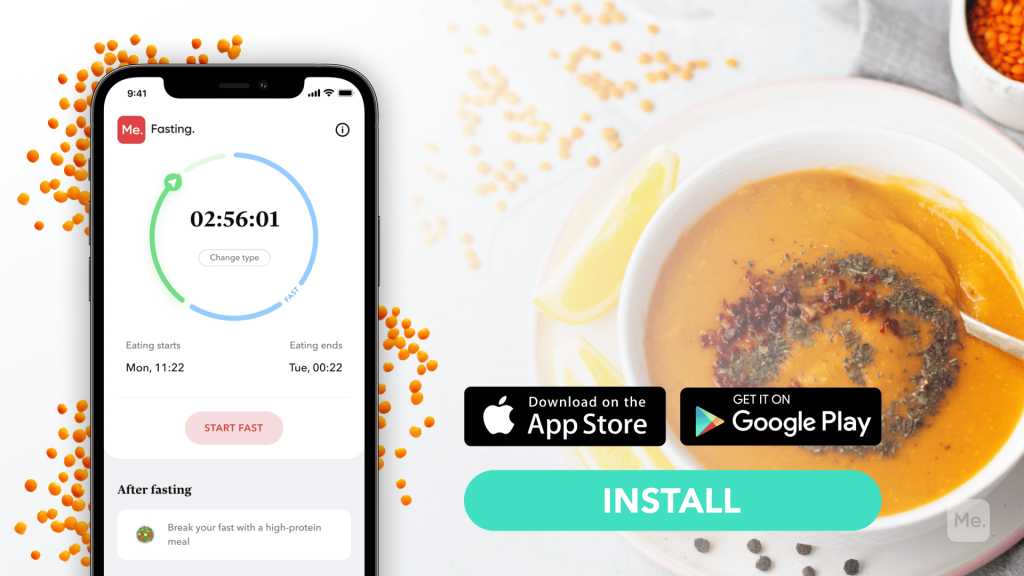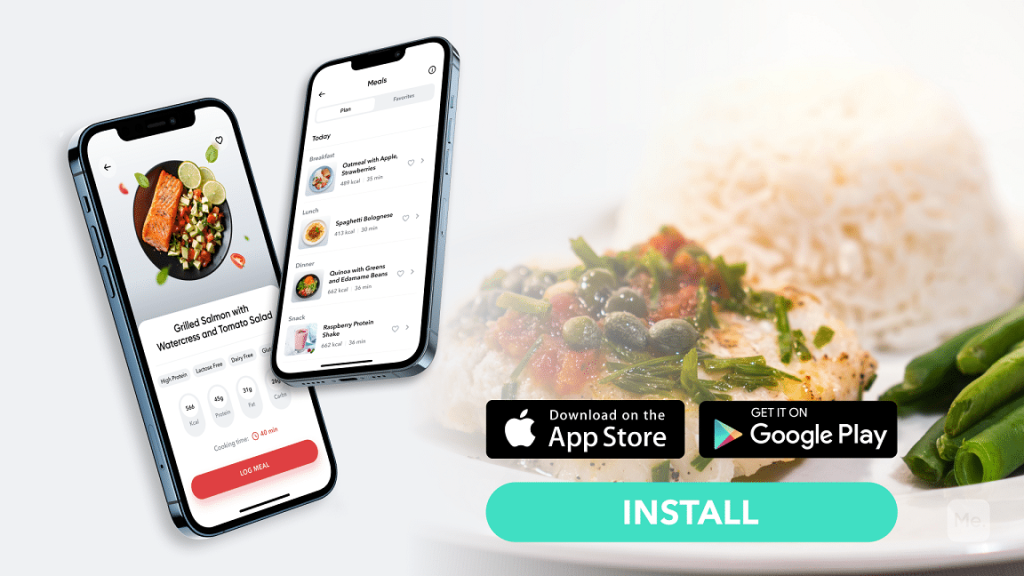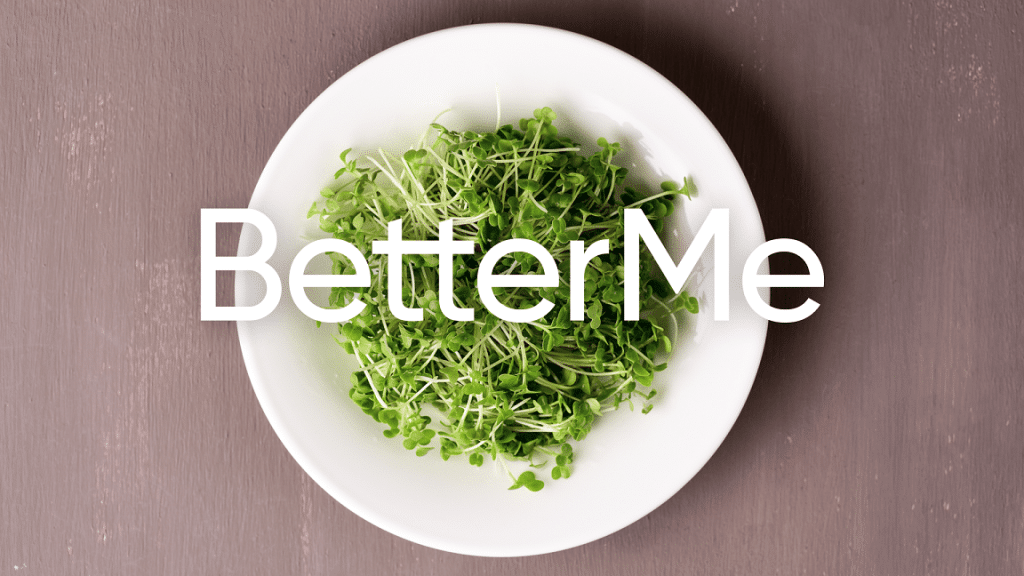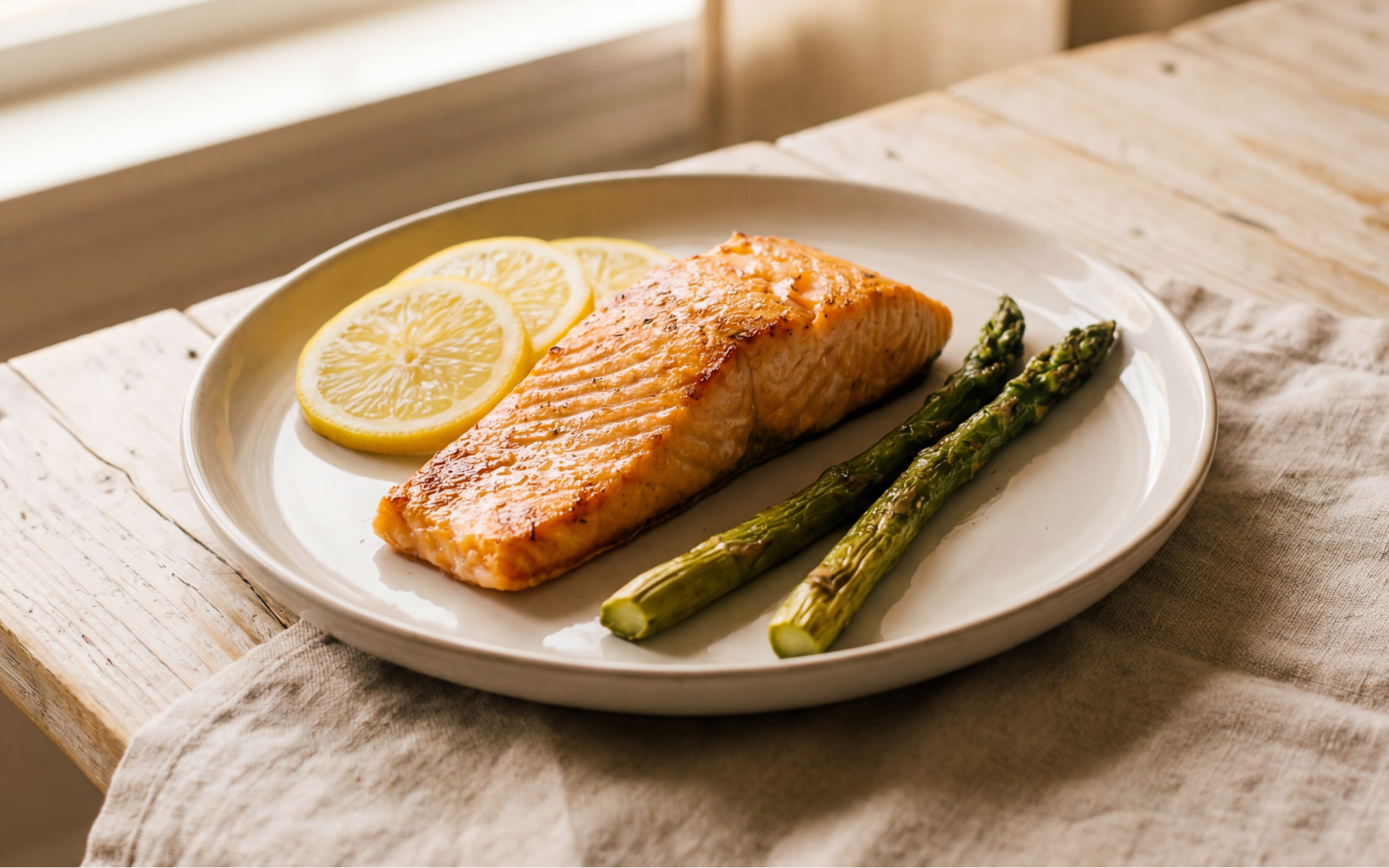The Banting diet has a long and complicated history. It was first proposed in the 1860s by a British undertaker named William Banting. He had been struggling with his weight for years and claimed that he’d finally found the answer in a diet low in carbohydrates. The Banting diet quickly caught on, and by the early 1900s, it was one of the most popular diets in the world. But as with any fad diet, there were skeptics. The medical community was largely skeptical of the Banting diet, and it wasn’t until the 1970s that it began to be taken seriously again (6). In the early 2000s, a new wave of interest in low-carb diets began, led by doctors like Robert Atkins and Tim Noakes. The Banting diet and various versions of it suddenly became popular again, and it has remained one of the most popular diets in the world ever since. So, how does the Banting diet work? Read on to find out.
How Does The Banting Diet Work?
The original Banting diet was very simple: eat as much meat, fat, and vegetables as you want, and avoid sugar, starch, and beer (6). This is still the basic premise of the diet today.
The Banting diet is based on the theory that carbohydrates are the main cause of weight gain (2).
When you eat carbohydrates, your body breaks them down into sugar, which is used for energy with any excess being stored as fat. By avoiding carbohydrates, you can supposedly lose weight without having to calorie count or exercise (2).
Tim Noakes, one of the most prominent proponents of the Banting diet, claims that it’s not just about weight loss. He says that the Banting diet can also help improve your overall health by reducing your risk of heart disease, diabetes, and cancer (12).
In his book, The Real Meal Revolution, Noakes revised the original Banting diet into four distinct phases.
Phase 1: Observation (Week 1)
For the first week, you’re simply supposed to observe and take note of how your body reacts to different foods. There’s no strict list of what you can and can’t eat, but Noakes recommends avoiding processed foods, sugary drinks, bread, pastries, rice, pasta, potatoes, fruit, and beer.
Read More: Grain-Free Diet: Healthy Or Not? Here’s What The Experts Say
Phase 2: Restoration (Week 2-12)
Depending on how much weight you need to lose, you’ll spend anywhere from two to twelve weeks in phase 2. This phase is designed to restore gut health and jumpstart weight loss. During this phase, you’ll slowly acclimatize to the low-carbohydrate diet.
You’ll start to follow Noakes’ food list which classifies foods as:
- Green – you may eat as much as you want of these foods. Unprocessed animal protein, butter, ghee, hard cheeses, fermented foods except kombucha, and most vegetables except starchy ones are all considered green foods.
- Orange – you can eat these foods in moderation. This includes nuts and nut butter, dairy, legumes and pulses, kombucha, fruits, and vegetables.
- Light red – you should avoid these foods as much as possible. These include smoothies and vegetable juices, treats and chocolate, gluten-free grains and flours.
- Red – You should never ever eat these foods. They include foods containing gluten, sugar and foods containing added sugars, seed oils, vegetable oils, and margarine. It also contains fast foods, energy drinks.
- Gray – it’s complicated. This food category includes those that would slow down your progress so whether you eat them or not is left to your discretion. Sugar-free desserts, artificial sweeteners, alcoholic beverages, and vegetarian proteins.
Phase 3 – Transformation (As Long as It Takes To Reach Your Goal Weight)
Phase 3 is the fat burning stage of the Banting diet. The goal is to achieve ketosis, a state in which your body is using fat for energy instead of carbs. To achieve ketosis, you’ll need to stick to the green and orange foods on the food list.
You’ll also need to test your ketone levels regularly to make sure you’re in ketosis. This can be done with urine strips, breathalyzer, or blood tests.
Phase 4 – Preservation (For Life)
Once you reach your goal weight, you’ll need to stay in phase 4 for the rest of your life to maintain your weight loss. The maintenance phase is similar to phase 3, but you can add in some of the light red and gray foods back into your diet.
Looking for a way to break the vicious cycle of weight loss and tone up all the jiggly parts? Watch the extra pounds fly off and your muscles firm up with the BetterMe app!
Is The Banting Diet Effective For Weight Loss
There is limited research on the Banting diet’s effectiveness for weight loss. However, there’s some evidence supporting the Low Carb, High Fat (LCHF) approach. Here is how it works:
When you restrict carbohydrates, your body is forced to burn fat for energy. This process is known as ketosis.
Ketosis has several possible benefits, including weight loss, reduced hunger, and improved mental clarity (11).
A meta-analysis found that people who followed a very low-carb diet lost more weight than those who followed a low-fat diet (11).
Another study, published in the New England Journal of Medicine, found that a low-carb diet was more effective for weight loss than a low-fat diet (13).
There are several mechanisms that explain how the LCHF diet might cause weight loss.
First, when you restrict carbohydrates, your body is forced to burn fat for energy. This process is known as ketosis and it has several possible benefits, including weight loss, reduced hunger, and improved mental clarity (11).
Second, low-carb diets tend to be higher in protein and fiber, both of which are satiating nutrients that promote fullness and reduce hunger (13).
Thirdly, the thermogenic effect of eating protein is higher than that of carbohydrates and fat, meaning that your body burns more calories digesting protein (13).
Fourthly, low-carb diets tend to reduce water weight, which can lead to quick initial weight loss (13).
Read More: Sirtfood Diet For Weight Loss: How Does It Work?
Additional Benefits Of The Banting Diet
Following a LCHF diet like the Banting diet may have other health benefits:
Improved Metabolic Markers
Metabolic markers are biomarkers that indicate how well your metabolism is functioning. Several studies have shown that low-carb diets can improve metabolic markers, including (9):
- Reduced triglycerides: Triglycerides are a type of fat found in the blood. High levels of triglycerides are associated with an increased risk of heart disease.
- Low-density lipoprotein (LDL) cholesterol: LDL cholesterol is the “bad” type of cholesterol that can lead to plaque buildup in the arteries.
- High-density lipoprotein (HDL) cholesterol: HDL cholesterol is the “good” type of cholesterol that helps remove cholesterol from the body.
- Blood sugar and insulin levels: Insulin is a hormone that helps the body use sugar for energy. High insulin levels indicate insulin resistance, which can lead to diabetes.
A review of 23 studies found that both low-carb and low-fat diets can improve all of these markers (5).
Reduced Inflammation
Inflammation is a normal immune response that helps protect the body from infection and injury. However, when inflammation becomes chronic, it can lead to a variety of health problems (3).
Low-carb diets have been shown to reduce inflammation markers in the blood. This effect might be credited to the reduced intake of pro-inflammatory foods, such as refined carbs and sugar, and the increased intake of anti-inflammatory foods, such as fatty fish and olive oil (3).
In one study, people with obesity who followed a low-carb diet for eight weeks had significantly lower levels of the inflammatory markers C-reactive protein (CRP) and interleukin-6 (IL-6) than those who followed a low-fat diet (3).
Improved Brain Health
A study in mice found that a ketogenic diet can help protect the brain from damage caused by traumatic brain injury by reducing inflammation and improving nerve function (8).
Test tube and animal studies also suggest that one ketone in particular may help protect neurons in models of Alzheimer’s disease (11).
Banting applies the same principles as the ketogenic diet and may have similar effects on brain health, however more research is needed to understand the implications in humans.
If you tend to let yourself off the hook, raise the white flag when things get tougher than you expected, send yourself on an unconscious binge-eating trip – BetterMe app is here to help you leave all of these sabotaging habits in the past!
What Are The Dangers Of Banting?
While the Banting diet is generally thought to be safe for those who aren’t pregnant and who don’t have any medical conditions, there are a few potential risks to be aware of:
Highly Restrictive
Highly restrictive diets are often difficult to follow long-term and may lead to nutrient deficiencies.
The Banting diet is a prime example of this, as it eliminates entire food groups, including fruits, starchy vegetables, legumes, and dairy.
This lack of variety can make the diet difficult to stick to in the long run and may lead to nutrient deficiencies.
For example, eliminating dairy means you’ll miss out on important nutrients, such as calcium and vitamin D.
Additionally, cutting out starchy vegetables and legumes can lead to a lack of fiber in the diet. Fiber is important for gut health and promoting regularity (7).
Unhealthy Amounts Of Fat
Saturated fat is the type of fat that is most associated with heart disease (4). Like most LCHF diets, the Banting diet includes large amounts of saturated fat.
Animal protein, such as red meat and full-fat dairy, is also high in saturated fat. While this type of fat isn’t necessarily a problem in small amounts, eating too much of it can increase your risk of heart disease (4).
Additionally, the Banting diet includes large amounts of animal protein, which has been linked to an increased risk of certain types of cancer (1).
To reduce your risk of these health problems, it’s important to limit your intake of saturated fat and animal protein. Lean poultry, fish, and plant-based proteins are all good alternatives.
Potential Side Effects
The Banting diet is safe for most people, but there are a few potential side effects to be aware of, such as (14):
- Headaches
- Constipation
- Dizziness
- Muscle cramps
- Bad breath
These side effects are typically mild and go away on their own as your body adjusts to the diet. However, if you experience any severe or persistent side effects, stop following the diet and consult your doctor.
Increased Risk Of Kidney Stones
Following a high-fat diet like Banting may increase your risk of kidney stones. This is because eating more fat can lead to higher levels of calcium in the urine (10).
Kidney stones are small, hard deposits that form in the kidneys. They are typically painless but can cause severe pain if they become lodged in the urinary tract (10).
If you have a history of kidney stones, you may want to avoid following the Banting diet or any other high-fat diet.
How To Follow The Banting Diet
If you’re interested in trying the Banting diet, there are a few things you should know. First, the diet is not for everyone. If you have diabetes or another medical condition, you should speak to your doctor before starting the diet. Pregnant women should not limit their carbohydrate intake.
Second, the diet can be difficult to follow. It’s very restrictive and requires you to give up many foods that you may enjoy.
Third, the diet may not be sustainable in the long-term. This is because it’s very difficult to stick to such a restrictive diet for a long period of time.
Fourth, the diet may not be safe for everyone. Some people may experience side effects such as fatigue, headaches, and constipation (14). If you experience any of these side effects, speak to your doctor.
If you want to try the Banting diet, there are a few things you can do to increase your chances of success:
Meal Plan And Prep
Meal planning is essential on the Banting diet. This is because you’ll need to be very mindful of the foods you’re eating and make sure you’re getting enough nutrients.
There are a few things you should keep in mind when meal planning:
- Choose nutrient-dense foods: focus on getting plenty of healthy fats, protein, and vegetables.
- Cook in bulk: cook large meals and portion them out for the week. This will make it easier to stick to the diet and save you time.
- Be prepared: always have snacks on hand in case you get hungry. Good options include hard-boiled eggs, nuts, and seeds.
Listen To Your Body
It’s important to listen to your body when following the Banting diet. This is because the diet can be very restrictive and may not be right for everyone.
If you’re feeling fatigued, headaches, constipation, or any other side effects, speak to your doctor. They may recommend that you stop following the diet.
Additionally, if you’re struggling to stick to the diet, it may not be right for you. It’s important to find a diet that you can stick to in the long-term.
Make Sure You’re Getting Enough Nutrients
Since the Banting diet eliminates entire food groups, it’s important to make sure you’re getting enough nutrients. This is especially important if you’re following the diet for an extended period of time.
Some nutrients you may need to focus on that may be lacking on the diet include:
- Vitamin C
- Iron
- Calcium
- Vitamin D
If you’re struggling to get enough of these nutrients from food, speak to your doctor. They may recommend supplements to help you meet your needs.
The Bottom Line
The Banting diet is a safe and effective weight loss tool that can also improve various other health markers. However, it is a highly restrictive diet that may be difficult to follow over the long-term.
If you’re considering following the Banting diet, speak to your doctor first to make sure it’s right for you. They can help you create a personalized plan and provide guidance on how to make the diet sustainable in the long term.
Get your personalized
meal plan!
DISCLAIMER:
This article is intended for general informational purposes only and does not serve to address individual circumstances. It is not a substitute for professional advice or help and should not be relied on for making any kind of decision-making. Any action taken as a direct or indirect result of the information in this article is entirely at your own risk and is your sole responsibility.
BetterMe, its content staff, and its medical advisors accept no responsibility for inaccuracies, errors, misstatements, inconsistencies, or omissions and specifically disclaim any liability, loss or risk, personal, professional or otherwise, which may be incurred as a consequence, directly or indirectly, of the use and/or application of any content.
You should always seek the advice of your physician or other qualified health provider with any questions you may have regarding a medical condition or your specific situation. Never disregard professional medical advice or delay seeking it because of BetterMe content. If you suspect or think you may have a medical emergency, call your doctor.
SOURCES:
- Animal Protein and Cancer Risk (n.d., ucsf.edu)
- Carbohydrate Intake and Overweight and Obesity among Healthy Adults (2011, nih.gov)
- Comparison of low fat and low carbohydrate diets on circulating fatty acid composition and markers of inflammation (2008, pubmed.gov)
- Consuming high amounts of saturated fats linked to increased heart disease risk (n.d., harvard.edu)
- Effects of Low-Carbohydrate Diets Versus Low-Fat Diets on Metabolic Risk Factors: A Meta-Analysis of Randomized Controlled Clinical Trials (2012, nih.gov)
- Facts and ideas from anywhere (2000, nih.gov)
- Health benefits of dietary fiber (2009, pubmed.gov)
- Ketogenic Diet as a potential treatment for traumatic brain injury in mice (2021, nature.com)
- Low-Carbohydrate High-Fat (LCHF) Diet: Evidence of Its Benefits (2017, intechopen.com)
- Risk of Kidney Stones: Influence of Dietary Factors. Dietary Patterns, and Vegetarian-Vegan Diets (2020, nih.gov)
- The Potential Health Benefits of the Ketogenic Diet: A Narrative Review (2021, nih.gov)
- Tim Noakes Stands by Banting diet (with a few modifications) (2017, capetalk.co.za)
- Weight Loss with a Low-Carbohydrate, Mediterranean, or Low-Fat Diet (2008, nejm.org)
- What are The Side Effects of Banting Diet? (2022, bantingdietplan.com)















